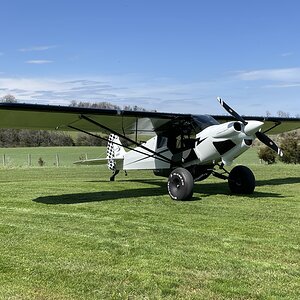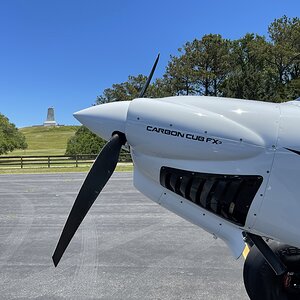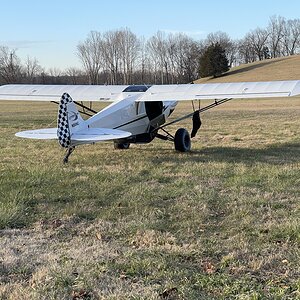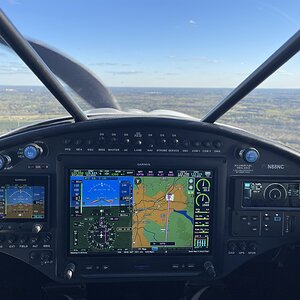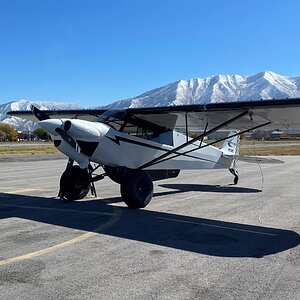luckytohaveajob
Well-known member
- Joined
- Nov 17, 2005
- Posts
- 1,114
ICAO age standards will come with ICAO medical standards.
Take a look at the Australian medical standards brief outline below. Notice the drastic differences between the FAA part 67 class I which is basically a paperwork exercise verse what real medical testing looks like in Australia. Notice the 25 year old age requirements for advanced testing compared to the FAA's 35 year old requirements.
The Australian's start at age 25 and do seven ECG's till age 40 while the FAA would only require two, one at 35 and then at 40. And notice the FAA's 35 year old testing scheme does not include the blood work the 25 year old Australian standards require every five years and then annually after 40. The FAA never requires blood work on an initial or recurrent.
Also notice the differences in the Australian standards between the initial and the recurrent that are unlike the FAA's standards of having no difference between an initial and recurrent.
Plus the Australian class One is the only medical certificate Multi-Crew Pilots are authorized to use as opposed to FAA's Class I for captains only and the FAA's Class II for first officers.
And finally while the Australian medical is valid for one year that depends on the judgement of the examiner which are all Ophthalmologists not just regular MD's like the FAA.
For all those that want the ICAO age standards get ready for the ICAO medical standards. And many many careers of the current under 60 year old US pilots will be cut short by the increased medical testing not to mention all the age 60 and over pilots that will be unable to pass. And did you notice the EXTRA scrutiny of the over 60 crowd in the below Australian standards?
And I am sure that the 30,000 medical waivers a year the FAA issues are not issued by the ICAO medical standards.
Australian Medical certificate requirements
Classes of Medical Certificates for Licence Types
There are three medical standards relating to the various types of licences held. These three standards relate to Class 1, 2 and 3 Medical Certificates.
Class 1
This medical standard is applicable to all professional technical aircrew of powered aircraft, and is required for issue of Airline Transport Pilot Licence, Commercial Pilot Licence, Flight Engineer or Flight Navigator Licences.
Class 2
This medical standard is applicable to Student Pilot, Private Pilot, Commercial Pilot Balloons and Flight Radio Operator Licences.
Class 3
This medical standard is applicable to Air Traffic Services Officers (Air Traffic Controllers and Flight Service Officers). Duration of Validity
Unless otherwise advised by the Aviation Medicine Section:
Special Reports and Tests Required for Class 1, 2 and 3 Certificates
These tests are in addition to the standard medical examination.
Class 1 Initial Issue ECG, audiogram, estimation of fasting serum lipids and fasting blood glucose and an examination by CASA Designated Aviation Ophthalmologist.Class 1
Renewals ECGs are required at the first renewal after the 25th, 30th, 32nd, 34th, 36th, 38th and 40th birthdays, and annually thereafter.
Audiograms are required at the first renewal after the 25th birthday and every fifth birthday thereafter.
Estimation of fasting serum lipids and of fasting blood glucose is required at the first renewal after the 25th birthday and every fifth birthday thereafter.
Examination by CASA Designated Aviation Ophthalmologist at age 60 and at two-yearly intervals thereafter.
Take a look at the Australian medical standards brief outline below. Notice the drastic differences between the FAA part 67 class I which is basically a paperwork exercise verse what real medical testing looks like in Australia. Notice the 25 year old age requirements for advanced testing compared to the FAA's 35 year old requirements.
The Australian's start at age 25 and do seven ECG's till age 40 while the FAA would only require two, one at 35 and then at 40. And notice the FAA's 35 year old testing scheme does not include the blood work the 25 year old Australian standards require every five years and then annually after 40. The FAA never requires blood work on an initial or recurrent.
Also notice the differences in the Australian standards between the initial and the recurrent that are unlike the FAA's standards of having no difference between an initial and recurrent.
Plus the Australian class One is the only medical certificate Multi-Crew Pilots are authorized to use as opposed to FAA's Class I for captains only and the FAA's Class II for first officers.
And finally while the Australian medical is valid for one year that depends on the judgement of the examiner which are all Ophthalmologists not just regular MD's like the FAA.
For all those that want the ICAO age standards get ready for the ICAO medical standards. And many many careers of the current under 60 year old US pilots will be cut short by the increased medical testing not to mention all the age 60 and over pilots that will be unable to pass. And did you notice the EXTRA scrutiny of the over 60 crowd in the below Australian standards?
And I am sure that the 30,000 medical waivers a year the FAA issues are not issued by the ICAO medical standards.
Australian Medical certificate requirements
Classes of Medical Certificates for Licence Types
There are three medical standards relating to the various types of licences held. These three standards relate to Class 1, 2 and 3 Medical Certificates.
Class 1
This medical standard is applicable to all professional technical aircrew of powered aircraft, and is required for issue of Airline Transport Pilot Licence, Commercial Pilot Licence, Flight Engineer or Flight Navigator Licences.
Class 2
This medical standard is applicable to Student Pilot, Private Pilot, Commercial Pilot Balloons and Flight Radio Operator Licences.
Class 3
This medical standard is applicable to Air Traffic Services Officers (Air Traffic Controllers and Flight Service Officers). Duration of Validity
Unless otherwise advised by the Aviation Medicine Section:
- Class 1 Medical Certificate is valid for one year.
- Class 2 Medical Certificate is valid for four years, for applicants less than 40 years of age on the day of issue, and in all other cases for two years.
- Class 3 Medical Certificate is valid for two years.
Special Reports and Tests Required for Class 1, 2 and 3 Certificates
These tests are in addition to the standard medical examination.
Class 1 Initial Issue ECG, audiogram, estimation of fasting serum lipids and fasting blood glucose and an examination by CASA Designated Aviation Ophthalmologist.Class 1
Renewals ECGs are required at the first renewal after the 25th, 30th, 32nd, 34th, 36th, 38th and 40th birthdays, and annually thereafter.
Audiograms are required at the first renewal after the 25th birthday and every fifth birthday thereafter.
Estimation of fasting serum lipids and of fasting blood glucose is required at the first renewal after the 25th birthday and every fifth birthday thereafter.
Examination by CASA Designated Aviation Ophthalmologist at age 60 and at two-yearly intervals thereafter.
Last edited:

